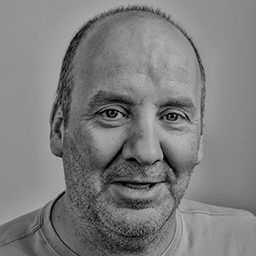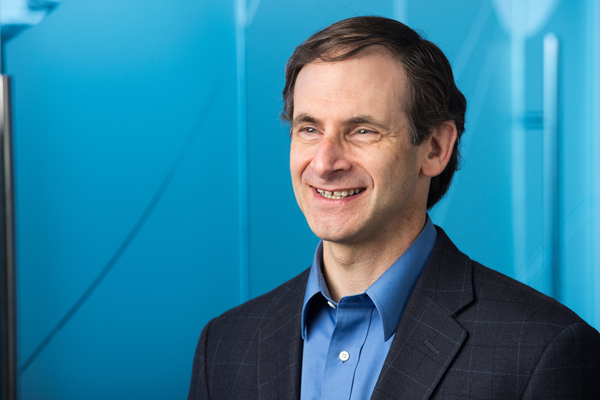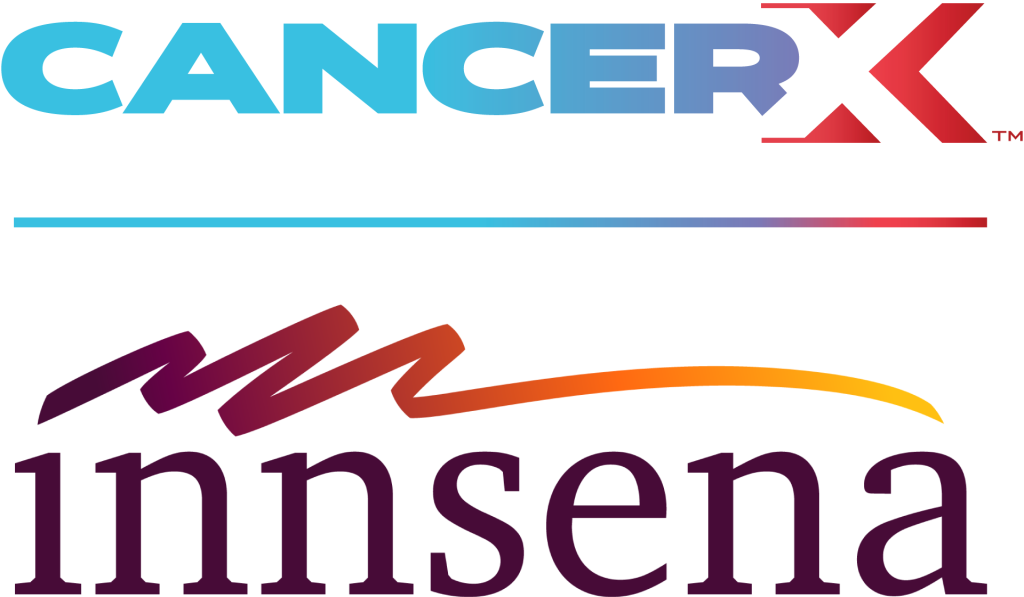By MIKE MAGEE
In our world where up is down, and black is white, there is a left and a right – it’s the middle we appear to be missing. Does it exist, or was it make believe all along?
Into this existential despair enters Britt Cagle Grant, the 47-year old Federal Judge of the U.S. Court of Appeals for the Eleventh Circuit. The Stanford Law graduate, blessed by the Federalist Society and Leonard Leo, and former clerk of Hon. Brett Kavanaugh, was nominated by Donald Trump and confirmed by the Senate on July 31, 2018.
Now six years later, her words in rejecting DeSantis’s “Stop Woke Act” (otherwise known as the “Individual Freedom Measure), are particularly crushing to her supporters: “By limiting its restrictions to a list of ideas designated as offensive, …it penalizes certain viewpoints — the greatest First Amendment sin. Banning speech on a wide variety of political topics is bad; banning speech on a wide variety of political viewpoints is worse.”
When still a Presidential candidate in 2022, DeSantis used the bill as the leading edge of a divisive campaign based on white nationalist victimization, stating, “No one should be instructed to feel as if they are not equal or shamed because of their race. In Florida, we will not let the far-left woke agenda take over our schools and workplaces.”
Ron and Casey DeSantis mirror in many ways the fictional Barbie and Ken – soon to be featured in the 2024 Academy Awards. The comparison of Ron to Ken needs little explanation. And Casey is equally well-credentialed. The former host of PGA Tour Today met her husband on the golf course, and was married at Disney World. Beautiful and smart as a whip, she graduated with a degree in Economics from the College of Charleston where she competed on the Equestrian Team.
With this most recent turn of events, the DeSantis family seems to be following the plot line (with its twists and turns) of Barbie – this year’s favorite for Picture of the Year. And in the aftermath of that film you will find a female disrupter at least as prominent as Justice Grant.
I am speaking of the brilliant actress, America Ferrera, who played a 39 year old mother and Mattel employee, and delivered what one film critique describes as “the ‘Barbie’ monologue we all talked about.” You can find the two minute speech in its entirety here, and it is well worth a listen. Ferrera herself described the big speech this way: “funny and subversive and delightfully weird.”
When I first heard the speech, (husband, father of a grown daughter, grandfather of six granddaughters, brother of six sisters) I cried at one specific line – “It’s too hard.” – That comes in the next to the last paragraph.
Here is “The Speech”:
“It is literally impossible to be a woman. You are so beautiful, and so smart, and it kills me that you don’t think you’re good enough. Like, we have to always be extraordinary, but somehow we’re always doing it wrong.
Continue reading…















